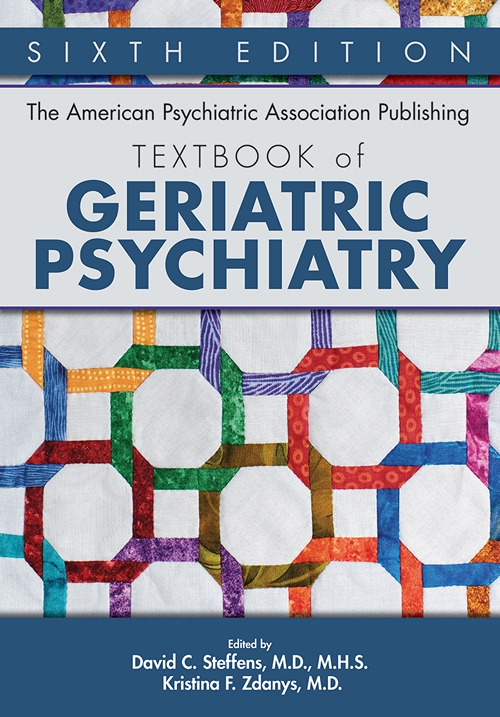Sections
Excerpt
Brain stimulation techniques, in particular electroconvulsive therapy (ECT) and transcranial magnetic stimulation (TMS), have become a rapidly evolving area in geropsychiatric practice. This chapter begins with a discussion of ECT, which involves the electrical induction of a series of seizures as a treatment for mental disorders, most notably major depressive disorder (MDD). Coverage of this topic includes the history of ECT, its indications and risks, the evaluation of patients, ECT technique (including a recently proposed experimental modification called focal electrically administered seizure therapy [FEAST]), and the management of patients following completion of an acute (i.e., index) ECT course, including the use of ECT to prevent relapse (maintenance ECT). Later sections cover other types of brain stimulation techniques, including magnetic seizure therapy (MST), TMS, transcranial direct current stimulation (tDCS), vagus nerve stimulation (VNS), and deep brain stimulation (DBS), particularly in the treatment of elderly patients. Finally, the chapter ends with a brief discussion of what can be expected in the future of brain stimulation therapies.
Access content
To read the fulltext, please use one of the options below to sign in or purchase access.- Personal login
- Institutional Login
- Sign in via OpenAthens
- Register for access
-
Please login/register if you wish to pair your device and check access availability.
Not a subscriber?
PsychiatryOnline subscription options offer access to the DSM-5 library, books, journals, CME, and patient resources. This all-in-one virtual library provides psychiatrists and mental health professionals with key resources for diagnosis, treatment, research, and professional development.
Need more help? PsychiatryOnline Customer Service may be reached by emailing [email protected] or by calling 800-368-5777 (in the U.S.) or 703-907-7322 (outside the U.S.).



